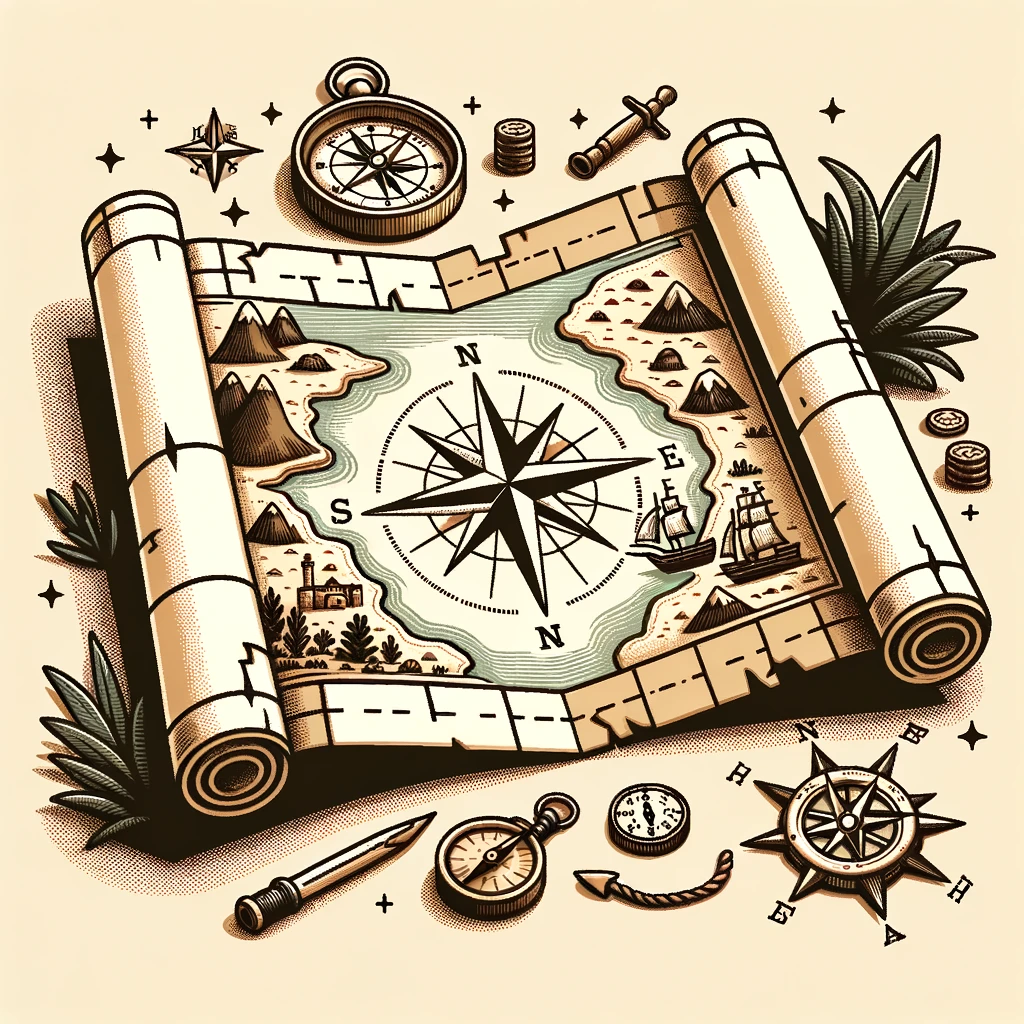Exploring the Intersection of Advanced Robotics and Artificial Intelligence
In the dynamic landscape of the 21st century, the intersection of **advanced robotics** and **artificial intelligence (AI)** has emerged as a transformative force, reshaping industries, enhancing efficiency, and creating solutions to complex challenges. Robotics, once confined to industrial assembly lines, is now converging with AI technologies to deliver unprecedented capabilities across diverse domains.
Core Concepts of Advanced Robotics and AI
Understanding the synergy between advanced robotics and AI requires delving into the core concepts that define these fields:
Robotics: This branch of technology involves the design, construction, operation, and application of robots capable of performing tasks traditionally requiring human intervention.
Artificial Intelligence: AI involves the simulation of human intelligence processes by machines, particularly computer systems. It includes learning, reasoning, problem-solving, perceiving, and language understanding.
The convergence of these technologies enhances robotic capabilities significantly. **Intelligent robots** can now adapt to unfamiliar environments, learn from data, communicate in natural language, and perform complex tasks autonomously.
Recent Advancements in Robotics
Recent years have witnessed groundbreaking advancements in the realm of robotics. These developments have been driven largely by innovations in AI and sensor technologies:
Improved Sensing and Perception: Robots now possess enhanced sensory capabilities, allowing them to perceive their environment with greater accuracy through technologies such as LiDAR, cameras, and infrared sensors.
Robust Machine Learning Algorithms: AI-powered robots utilize machine learning to adapt to changing conditions and improve performance over time.
Collaborative Robots: Also known as cobots, these are designed to work alongside humans in shared environments, promoting safety and efficiency.
Chart depicting key advancements in robotics influenced by AI technologies.
These advancements enable **robots to perform delicate tasks** such as surgical procedures, intricate manufacturing processes, and even daily personal assistance roles.
Integrating AI into Robotics
The integration of AI algorithms into robotic systems has facilitated the development of intelligent machines capable of decision-making and autonomous operation. The implementation of AI in robotics encompasses several critical areas:
Decision-Making Systems: AI-driven decision-making frameworks empower robots to evaluate scenarios and choose optimal courses of action without human intervention.
Natural Language Processing (NLP): Enhances robots’ ability to understand and process human language, enabling more intuitive human-robot interactions.
Computer Vision: This AI subfield equips robots with the ability to interpret and make sense of visual information from the world, crucial for applications like autonomous vehicles and manufacturing inspection.
By embedding AI capabilities within robotic frameworks, we witness the evolution of **smart automation** that can handle tasks ranging from mundane to highly sophisticated activities.
Transformational Impact and Future Potential
The synthesis of advanced robotics and AI holds immense potential to revolutionize various sectors, drive economic growth, and address global challenges. The impact can be observed across several key industries:
Healthcare: Robotics and AI together offer improved diagnostics, surgical assistance, and patient care through precision and personalized treatment.
Manufacturing: Automation of production lines increases efficiency, enables customization, and reduces downtime.
Agriculture: Deployment of autonomous drones and machines for tasks such as planting, monitoring crops, and harvesting optimizes yield and resource management.
As we look towards a future characterized by **seamless integration between humans and machines**, it is crucial to address
Impact of Robotics and AI on Various Industries
As we delve deeper into the world of advanced robotics and artificial intelligence (AI), it becomes increasingly clear that these technologies are fundamentally transforming industries across the globe. From manufacturing to healthcare, and from logistics to entertainment, the integration of robotics and AI is fostering unprecedented efficiencies, breakthroughs, and possibilities.
Revolutionizing Manufacturing
The manufacturing sector has been at the forefront of adopting robotics and AI. Robots are no longer limited to repetitive tasks on assembly lines. With AI, they are now capable of intelligent decision-making, quality assurance, and even predictive maintenance. According to a recent study, the introduction of advanced robotics systems is expected to reduce production costs by up to 20% over the next decade.
Transformation in Healthcare
In healthcare, AI-powered robots are aiding complex surgeries with pinpoint precision, improving patient outcomes significantly. Furthermore, robotic assistance in diagnostics is enhancing the accuracy of disease detection, helping medical professionals offer more effective treatments. For instance, AI algorithms can analyze imaging data 100 times faster than a human radiologist, dramatically speeding up the diagnostic process.
AI in Logistics
The logistics industry is seeing a surge in efficiency thanks to AI-driven robotics. Autonomous vehicles and drones are re-engineering the way goods are transported and delivered, while AI systems optimize shipping routes in real-time to reduce delay and cost. A report highlighted that AI integration in logistics can reduce operation costs by up to 30% and enhance delivery efficiency considerably.
Shifting Entertainment Paradigms
AI and robotics are also reshaping the landscape of entertainment. From AI-driven character animation in movies to immersive virtual reality experiences, these technologies are pushing creative boundaries. Sophisticated algorithms create personalized content recommendations, tailoring user experiences with remarkable accuracy.
Future Predictions
By 2030, **robots** are expected to take over 50% of manufacturing tasks.
AI and robotics will contribute approximately **$15 trillion** to the global GDP by 2030.
Predictive diagnostics in healthcare will become a norm, reducing diagnosis time by several days.
The potential of robotics and AI continues to evolve, promising to unlock new opportunities across industries. As these technologies advance, it is imperative for businesses to adapt and innovate to harness their full potential.
Final Chapter: The Future of Advanced Robotics and Artificial Intelligence Systems
As we progress into the final segment of our exploration into advanced robotics and AI systems (AIS), it’s crucial to envision not just the technological possibilities, but also the societal and ethical implications. This segment delves into how these technologies could redefine industries ranging from healthcare to logistics, and even impact daily life. Additionally, we will consider the potential challenges and measures necessary for responsible integration.
Healthcare Revolution
The advent of robotics in healthcare is paving the way for remarkable innovations. **Robotic surgeons**, equipped with precision tools and AI analysis, are reducing recovery times and enhancing surgical outcomes. Furthermore, **AI diagnostic tools** are providing swift and accurate results that aid in early detection of diseases, ultimately saving lives.
Key Innovative Applications:
Robotic Care Providers: Assisting in elder care by offering round-the-clock monitoring and physical aid.
AI-driven Personalized Treatment Plans: Customizing treatments based on comprehensive data analysis, improving patient recovery rates.
Remote Surgery: Allowing specialists to perform complex procedures across the globe via telecommunication networks and robotics.
Redefining Movement
Autonomous vehicles and drones are reshaping the logistics landscape. Here, **AI-driven routing algorithms** are optimizing delivery times and reducing fuel consumption, benefitting both businesses and the environment.
Impactful Transformations:
Drone Deliveries: Reducing delivery times for packages, especially in rural or difficult-to-access areas.
AI Fleet Management: Increasing the efficiency of transportation logistics through predictive maintenance and optimized scheduling.
Smart Traffic Solutions: Minimizing congestion and improving safety through autonomous traffic management systems.
Addressing the Challenges
While the benefits are extensive, the rise of advanced robotics and AIS introduces several challenges that cannot be ignored. **Workforce displacement**, **data privacy**, and **ethical decision-making** are at the forefront of these concerns.
Challenges and Mitigation Strategies:
Job Alteration: Implementing retraining programs to equip workers with skills for new roles created by robotics and AIS.
Privacy Safeguards: Developing robust data protection protocols to ensure user data remains confidential and secure.
Ethical Frameworks: Establishing AI ethics guidelines to govern decision-making processes in autonomous systems.
Conclusion
The synergy between advanced robotics and AIS holds immense potential to revolutionize our world, presenting opportunities and challenges in equal measure. As we stand on the brink of this new era, humanity must navigate with foresight and cautious optimism. The focus must shift towards leveraging these technologies ethically and efficiently to foster a future where technology serves humanity and not the other way around.
Summary List/Action Items:
Invest in transformative technologies to harness the full potential of robotics and AIS.
Develop comprehensive training programs to alleviate workforce disruptions.
Implement stringent data privacy regulations to protect individuals.
Establish ethical guidelines that align with societal values and priorities.
Foster collaboration between governments, tech companies, and communities to ensure responsible integration.




